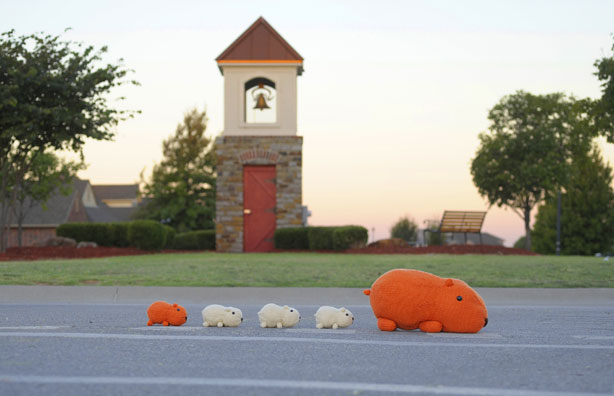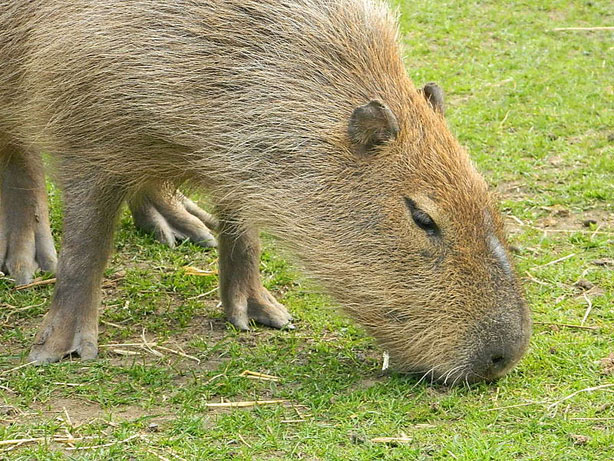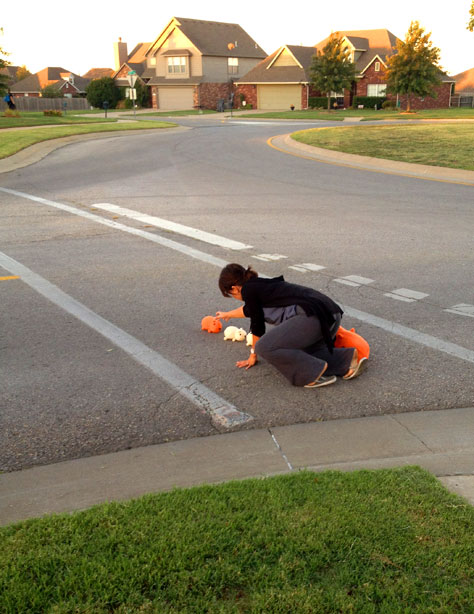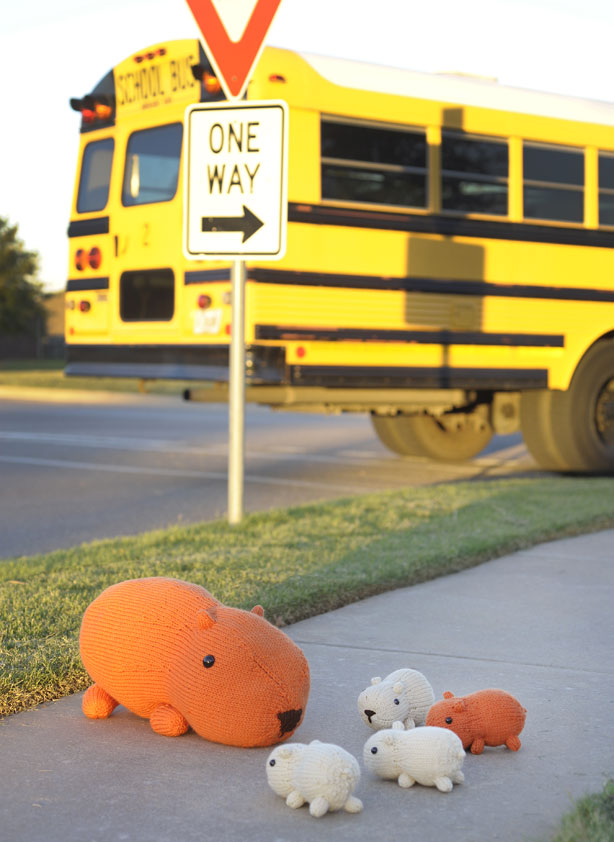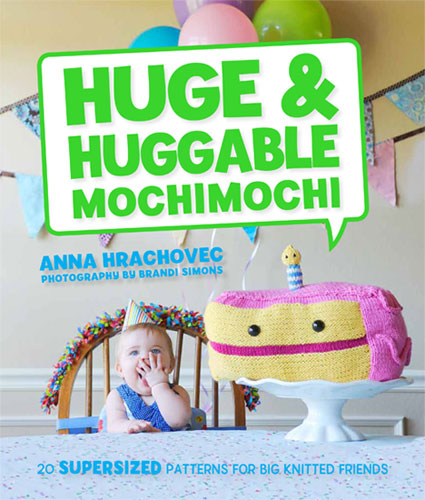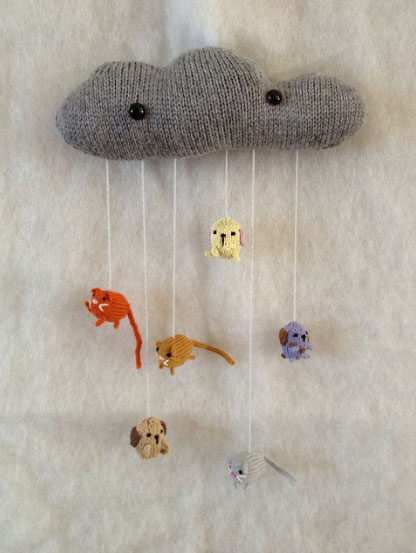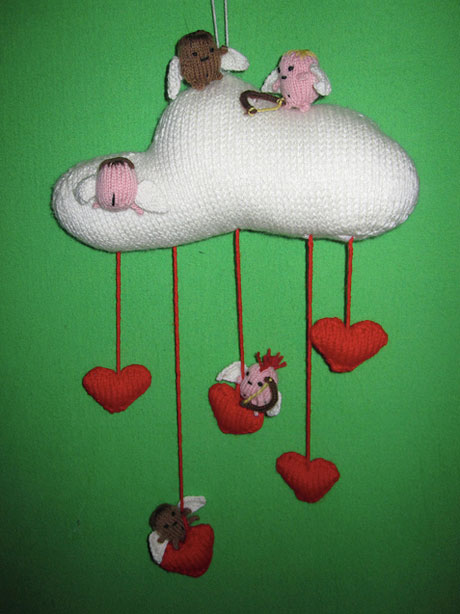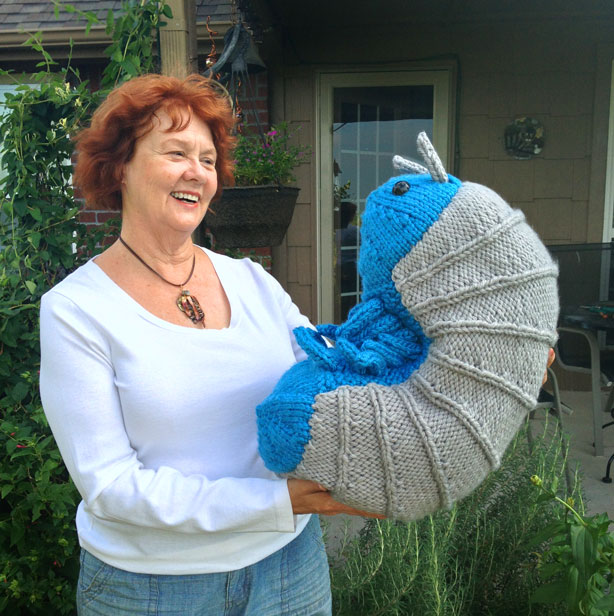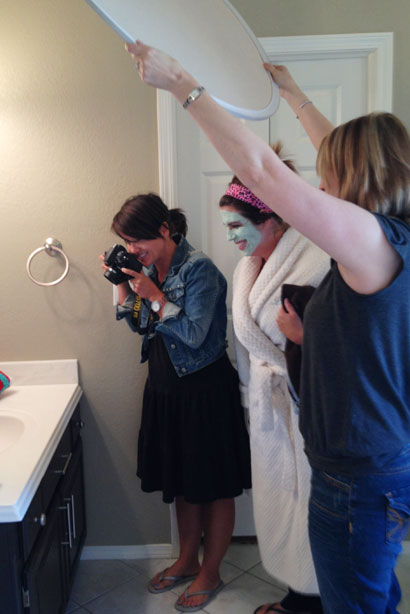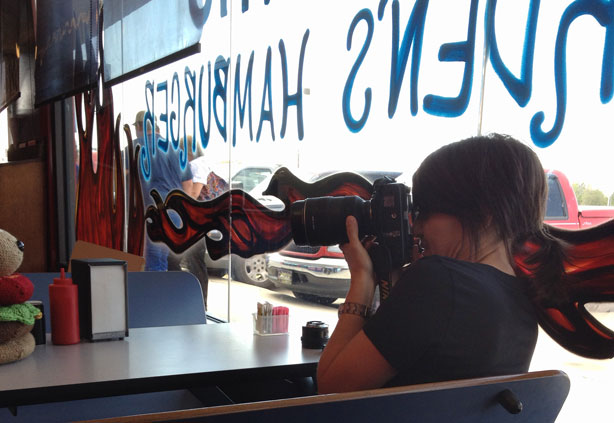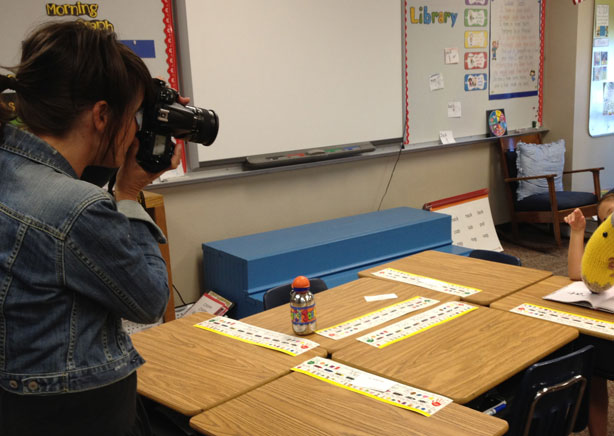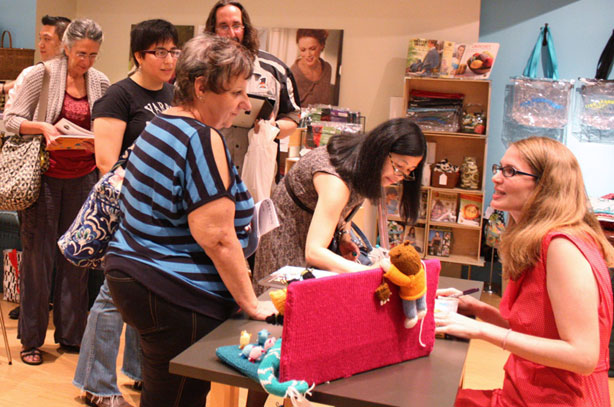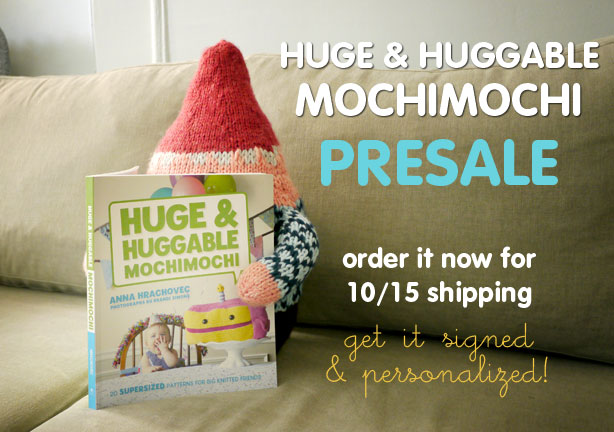On Sunday I got to visit friends in Oklahoma City—amazingly, it was my first visit there in about 12 years, even though I make trips to Oklahoma often. It was wonderful to experience the new vitality the city seems to have, and the highlight of the day was visiting the Oklahoma City Museum of Art for the first time. My timing was perfect, because they currently have an incredibly fun large-scale puppet installation by Wayne White, the former puppet artist for Pee-Wee’s Playhouse. (I also blogged about him earlier this year.)
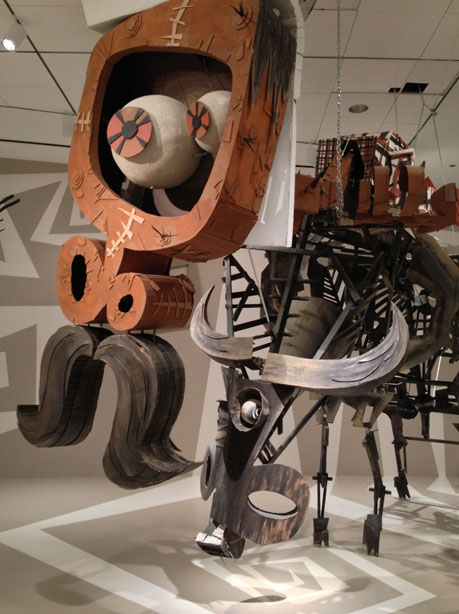
White’s site-specific exhibit is titled “Halo Amok,” an anagram of Oklahoma, and it’s unmistakably him: kooky, over-the-top, and crazy fun. The three cubist puppets—three cowboys straddling bucking horses and a bull—were made on-site out of plywood, cardboard, and other rough materials.
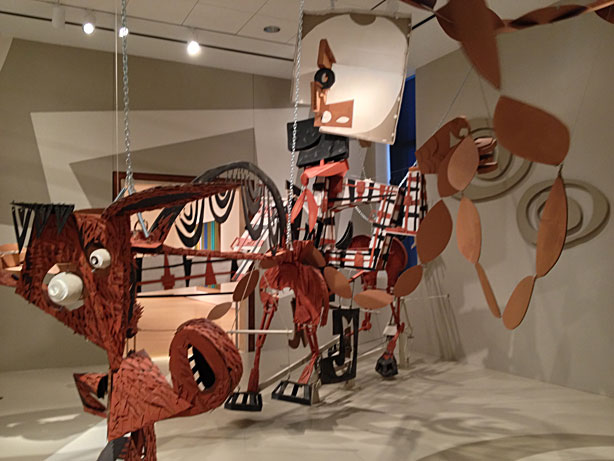
Visitors are encouraged to pull on ropes and turn wheels to make the kinetic sculptures buck and sway, which they do with much clattering and noise. It was a delight to see in person, and I could almost feel the creative energy rub off on me.
Here’s a terrible video I took of one of the puppets in motion: Halo Amok
Even the flyer that White created for the exhibit is an exciting work of art to me.
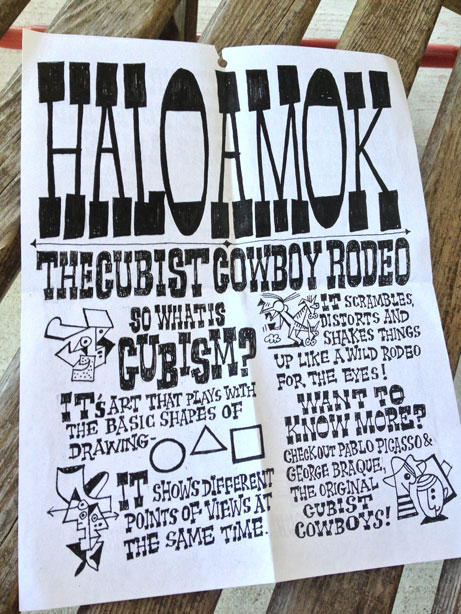
Almost equally interesting to me was the fact that directly facing this noisy, joyful installation is the museum’s ongoing exhibit of blown glass by Dale Chihuli. The Chihuli works have their own sense of whimsy and large-scale wonder, but the rooms were darkened and quiet and definitely hands-off.
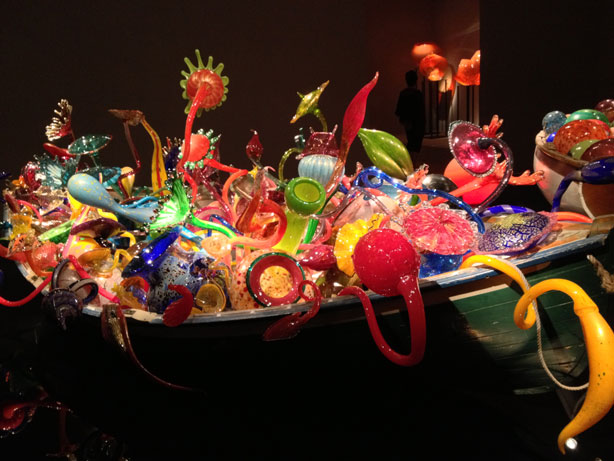
I’m not the hugest Chihuli fan, but I don’t think anyone can help but be captivated by the way that the candy-colored glass seems to have grown organically on the spot into Alice in Wonderland-like environments. And the large collection at OKCMOA is something to see.
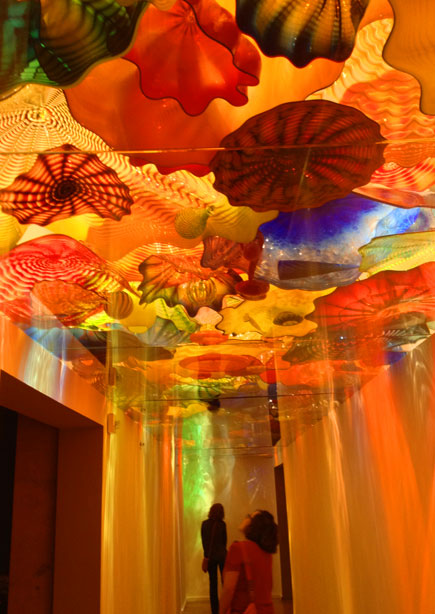
My new dream is to live in a world that exists somewhere between the artistic sensibilities of these two masters.
“Halo Amok” is only up through October 6th—if you live anywhere near OKC, you must go, now!

